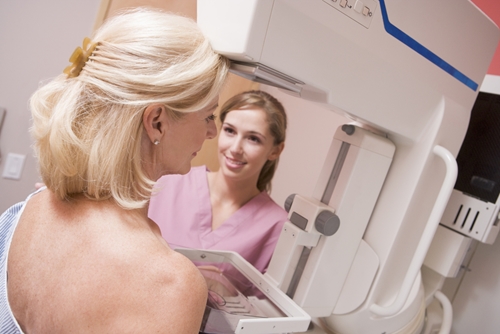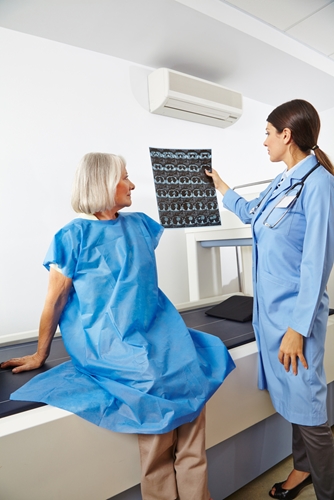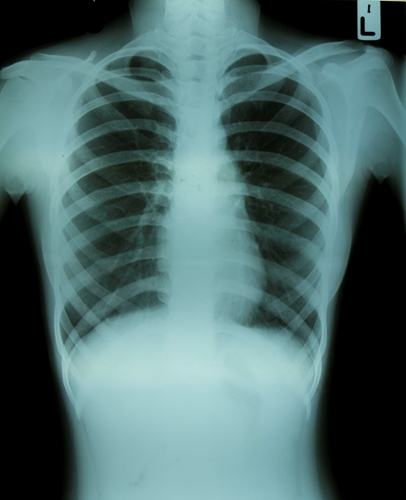Breast cancer is prevalent in the U.S. According to the National Cancer Institute, approximately 231,840 new cases will be diagnosed in 2015, and the disease is the most common form of cancer for middle-aged and older women. If not caught at the start, the condition can progress to more a more serious stage. However, with improvements in diagnostic radiology, breast cancer has seen an increase in survival rates and a higher number of diagnoses. New research has shown that some medical facilities may be more successful at detecting the disease in its early stages.
High volumes of testing lead greater accuracy
Diagnostic imaging is beneficial when it comes to detecting breast cancer. According to the Susan G. Komen Foundation, mammograms have an 84-percent accuracy rate. This has led to early diagnoses, which in turn contributes to a five-year survival rate of nearly 90 percent, the National Cancer Institute reported. However, despite the X-ray's high success rate, it also makes mistakes. Mammograms may detect a spot that looks like cancer, but is not actually the disease. Unfortunately, as women have more of these medical imaging tests performed, the potential for misdiagnoses increases to approximately 50 to 60 percent in 10 years.
Luckily, there may be a way to lower the chances of this happening. In a study published in the Journal of Medical Screening, researchers from The Dartmouth Institute for Health Policy and Clinical Practice discovered that facilities that perform a high volume of mammograms have more accurate diagnoses. From 2000 to 2009, the investigators analyzed data from 116 medical facilities in the U.S. Breast Cancer Surveillance Consortium. After taking a number of individual factors, such as age, ethnicity and time between mammograms, into consideration, the researchers were able to determine the relationship between the volume of medical exams and cancer detection rates.
Of the more than 3 million mammograms, nearly 10,000 cancers were diagnosed within one year of the exam. Approximately 80 percent of those detections came from facilities with more than 2,000 exams each year, 42 percent had more than 5,000 and nearly 20 percent had volumes larger than 10,000 mammograms. Those with a higher volume were 32 percent more likely to correctly diagnose cancer within the first year compared to facilities with less than 2,000 tests.
"Our study suggests that there may be volume benchmarks, and a low-volume facility may expect better outcomes if they bump up the number of mammograms read per year," Tracy Onega, Ph.D., an associate professor at Dartmouth College and lead author of the study, told AuntMinnie.com.
Practice makes perfect
When radiologists examine mammograms, they look for a variety of spots that could be cancerous, the American Cancer Society explained. Calcifications, masses and bone densities all show up the on image, and may provide enough insight to lead to a diagnosis. There may be some physicians that are better at detecting these marks better than others.
However, only studying the radiologists' performance may not provide an accurate view of the department, the researchers claimed. Physicians are generally part of more than one hospital or practice, which can make the tracking process difficult. By studying the facility instead, researchers will be able to formulate a more exact measurement for the number of medical imaging exams and breast cancer diagnoses.
All medical professionals go through years of school and training, but not all have the ability to practice their skills as often as they should. Primary care physicians and emergency care doctors see patients on a regular basis, which keeps the knowledge fresh in their minds. However, radiologists are not always needed and may not receive as much practice as they should. The facilities that perform the highest volumes of exams can sharpen their skills and may become better at detecting health conditions in diagnostic imaging.
Contact Viztek for more information.
Ronny Bachrach
Latest posts by Ronny Bachrach (see all)
- Konica Minolta Debuts First-of-Its-Kind Digital U-Arm System at AHRA - July 27, 2016
- Researchers Detect Signs Of Stroke Risk Using MRI - June 27, 2016
- Imaging Biz: Q&A with David S. Channin MD: How to Make PACS Patient Centered - June 22, 2016










